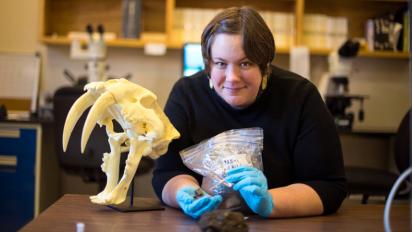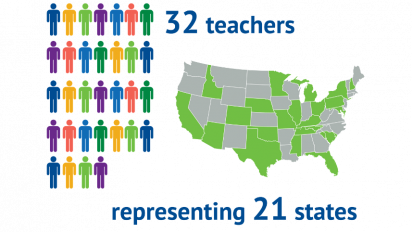The foundering of creation science's flagship?
The Creation Research Society, founded in 1963, is distinctive among creationist organizations in requiring its voting members to “hold an earned post-graduate degree in a recognized area of science.” The requirement enables it to describe itelf as a scientific society under the guidance of qualified sci-entists and to serve as a scientific flagship for the otherwise disorganized creationist armada.
Even Answers in Genesis, which increasingly dominates the market for creationism in the United States, acknowledged, in a 2005 plug for the CRS, “In fact, much of the scientific data presented by Answers in Genesis in conferences, books and other resources was initially explored by the Creation Research Society” (emphasis in original).
How is the CRS faring? From 1970 onward, albeit with a few exceptions, membership data, including voting membership data, were provided yearly in the minutes of the CRS’s annual board of directors meetings published in Creation Research Society Quarterly. As Figure 1 shows, voting membership climbed to 600 by 1979 and has never fallen below that mark since (data from the CRS).
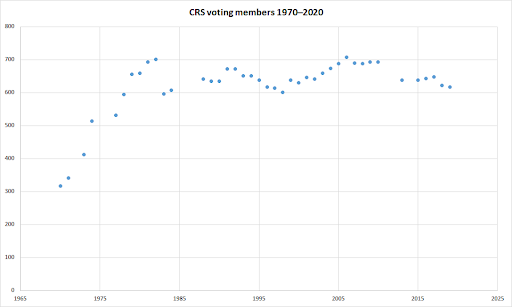
But the rough constancy of the CRS’s voting membership since 1979 obscures the fact that membership is dwindling as a percentage of the general population, as Figure 2 shows (data from the CRS and the U.S. Census Bureau). In 2020, the percentage was 0.00018%: lower than that for all but the first three years (1970, 1971, and 1973) for which data are available.
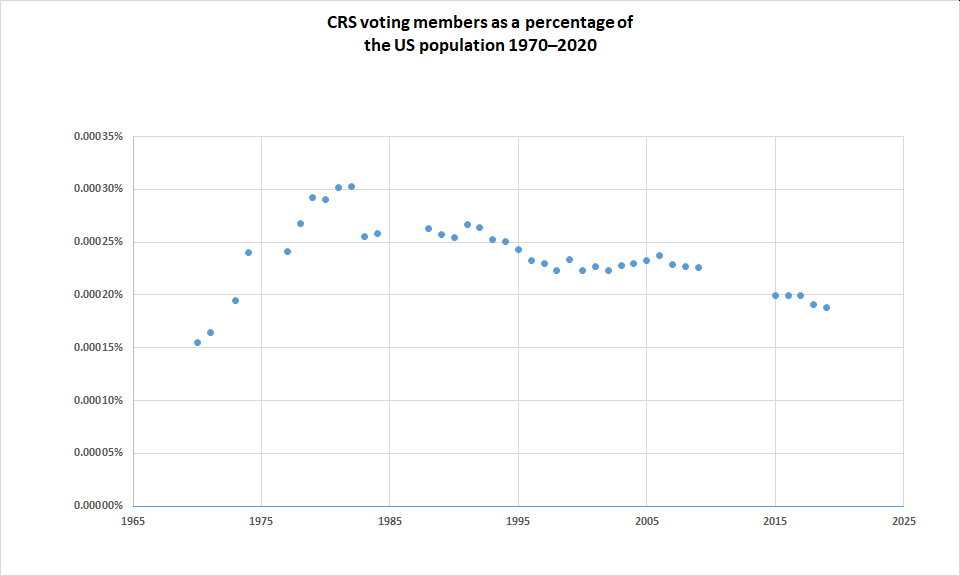
The situation is even worse for the CRS when the comparison is not with the general population but with the segment of the general population with a graduate degree in science, as Figure 3 shows (data from the CRS and the Scientists and Engineers Statistical Data System of the National Science Foundation’s National Center for Science and Engineering Statistics).
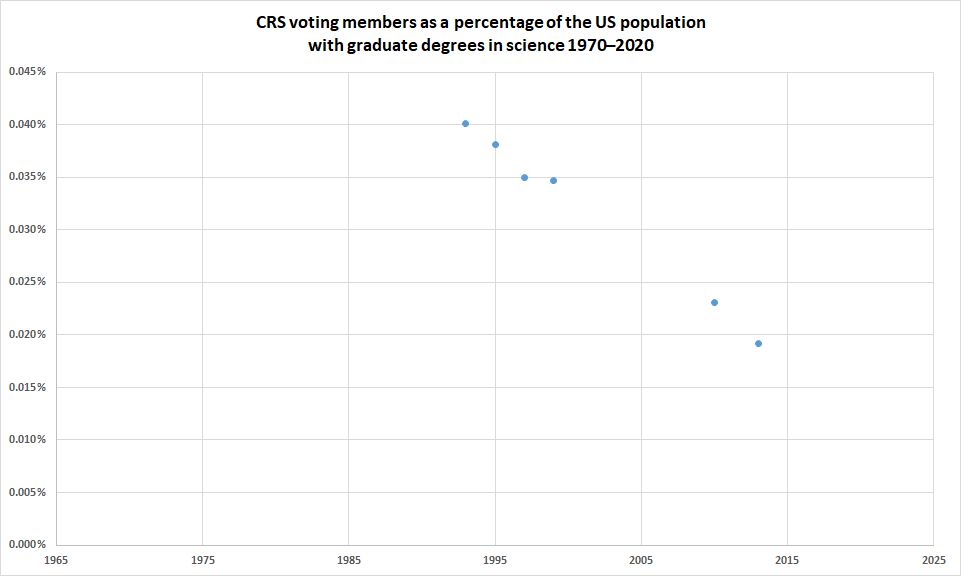
The most striking result is that over the twenty-year span from 1993 to 2013, the proportion of qualified Americans who belonged to the CRS plummeted from about 1 in 2500 (0.04016%) to about 1 in 5000 (0.01919%). True, the 1993 percentage was not impressive to start with, but the drop from 1993 to 2013 is more than half.
Is the CRS simply ineffective at recruiting new voting members, or is young-earth creationism — never a plausible view — increasingly difficult for a scientifically educated American to believe? The CRS membership data are not capable of answering the question, but they strongly suggest that the scientific flagship of creation science is on its way to foundering.
This version might differ slightly from the print publication.




